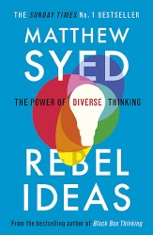The High Performing Team
The Self-Aware Team – Part 1
- Insights Discovery – an introduction to self awareness, preferences and perceptions
- Identifying the different preferences and cognitive diversity within the team
- Recognising and sharing personal strengths/challenges and value to the team
- Identifying individual blind spots and making plans to take action for the benefit of the team.
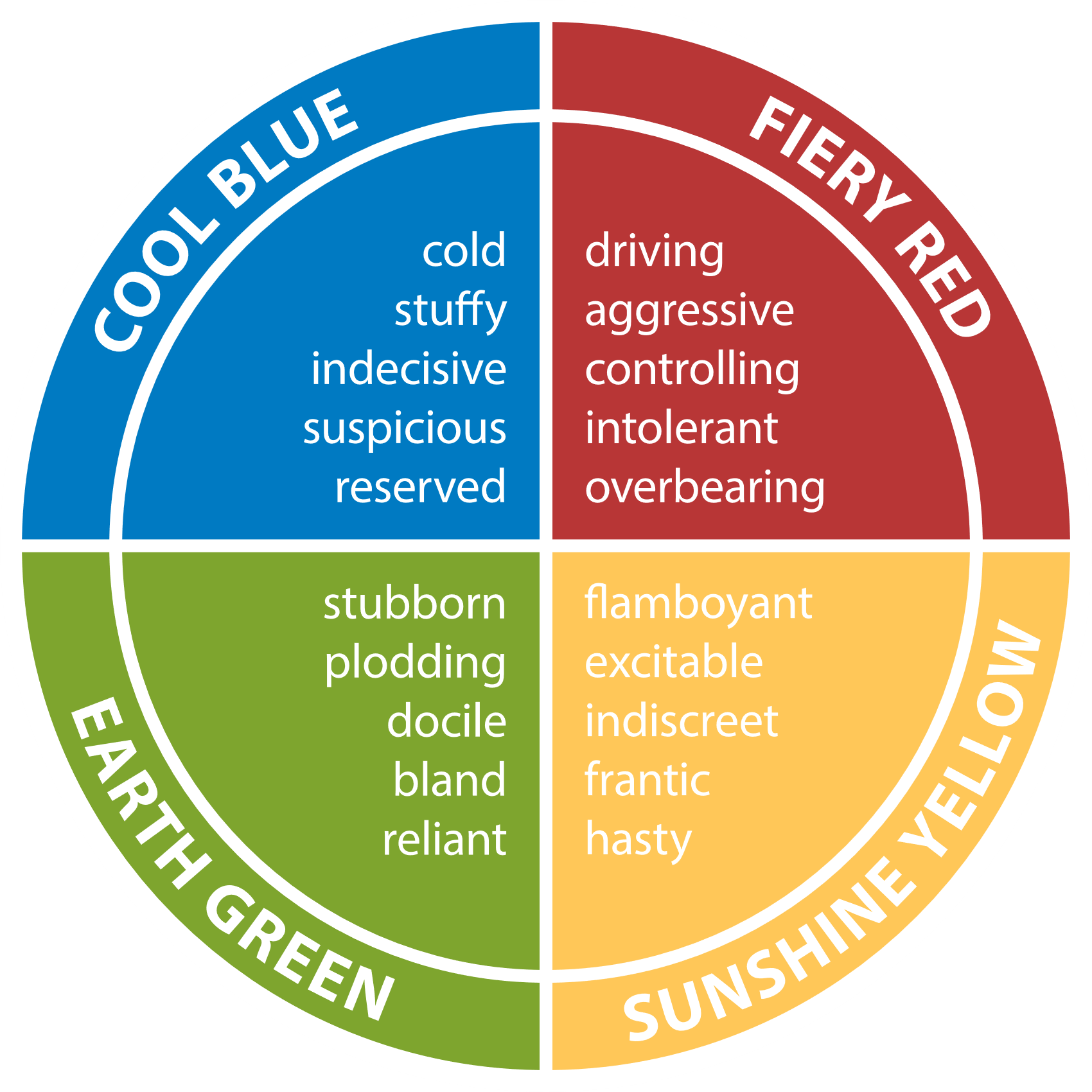

The Self-Aware Team – Part 1
- Insights Discovery – an introduction to self awareness, preferences and perceptions
- Identifying the different preferences and cognitive diversity within the team
- Recognising and sharing personal strengths/challenges and value to the team
- Identifying individual blind spots and making plans to take action for the benefit of the team.
The Self-Aware Team – Part 2
- Follow-up work and team development activities to reflect on the learning from part 1
- Communication challenges and learning how to adapt and connect with each other more effectively
- Exploring different thinking patterns and creative thinking techniques to improve team collaboration and problem solving
- Using Matthew Syed’s work in Rebel Ideas, developing team actions to maximise the benefit of the cognitive diversity in the team
- Using Insights’ Team Effectiveness model to develop team actions for continuous improvement
Developing a Highly Efficient & Effective Team – habits of personal effectiveness and challenging the notion that ‘being busy’ is a measure of effectiveness (which it is not!)
- General introduction to being busy – typical statements of the things people say
- Introduction to the Urgency v Importance Model
- Playing bingo! Using the urgency v importance model to check understanding of the principles
- Examining their bad habits (owning their language and behaviours)
- Exploring good practice and the techniques they use, sharing ideas and committing to actions.
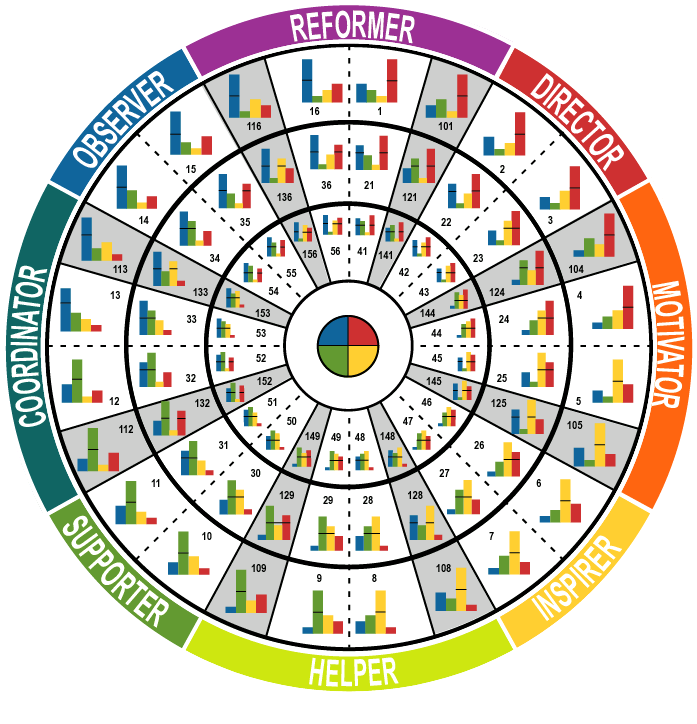
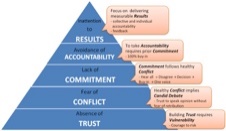
Developing Trust and Safety in Teams – recognising that life is a ‘team game’ (not an individual one!) and they achieve much more by developing within the 5 areas of Patrick Lencioni’s model – focusing on trust/vulnerability as the foundation
- Introduction to Patrick Lencioni’s model for high performing teams
- Developing a collective and joint approach
- Discussing the model – scoring where they think the team is now and where they would like it to be and noting the behaviours which evidence these scores
- Collective exercise for noting improvements and behaviours required
- Publicly committing to personal actions on how they will implement the improvements to develop the team.
Living our Purpose & Values – aligning all team members to an overall organisational and team purpose and defining their team behaviours in alignment with the values for the business
- Introduction to Simon Sinek ‘Start with Why’ – why do we do what we do?
- Reflection on the organisational ‘vision’ and what do individuals wish their ‘legacy’ to be in working towards the achievement of that vision
- Bringing the values to life – a fun and collaborative exercise to determine the most important behaviours for their team, for each value
- Breaking into smaller groups to work these up into something tangible (what will they see, hear or experience) to follow up after the session so individuals can sign up to the behaviours agreed
- Combining with Positive Support & Challenge to enable teams to be ‘self managing’ in their agreed team culture.
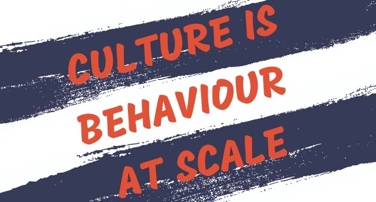

Living our Purpose & Values – aligning all team members to an overall organisational and team purpose and defining their team behaviours in alignment with the values for the business
- Introduction to Simon Sinek ‘Start with Why’ – why do we do what we do?
- Reflection on the organisational ‘vision’ and what do individuals wish their ‘legacy’ to be in working towards the achievement of that vision
- Bringing the values to life – a fun and collaborative exercise to determine the most important behaviours for their team, for each value
- Breaking into smaller groups to work these up into something tangible (what will they see, hear or experience) to follow up after the session so individuals can sign up to the behaviours agreed
- Combining with Positive Support & Challenge to enable teams to be ‘self managing’ in their agreed team culture.
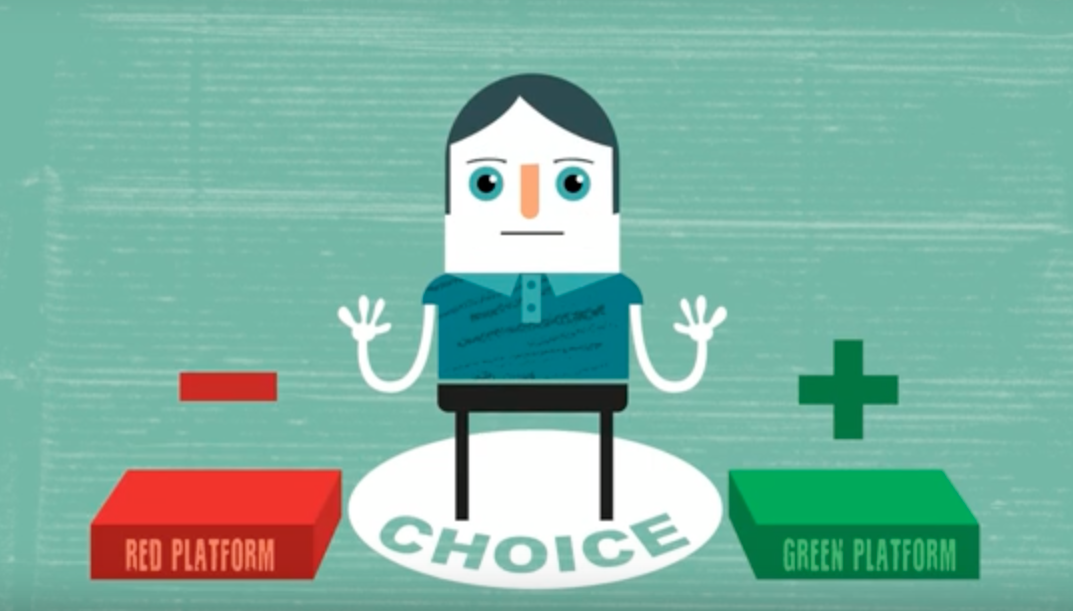
Positive Support & Challenge – recognising the importance of modelling the behaviours we wish to see in a high performing team by developing techniques of positive and supportive challenge.
- Sharing the support/challenge model and recognising we need both of these to enable a growth mindset in the team
- Using the Green Platform to show we have a choice of moaning/victim or taking personal responsibility
- Explanation of the Drama Triangle (victim/rescuer/persecutor) with the desire that hopefully we all desire (creator, challenger, coach) instead
- Techniques of supportive challenge – open questions
- The positive reframe – techniques to challenge ‘deletions, distortions and generalisations’
- Committing to personal actions at the end.
Team Effectiveness – evaluating the team using the Insights Team Effectiveness Model – to identify and suggest improvements to the way the team works
- Refresher on the Insights Discovery preferences – this would benefit those who are familiar with the Discovery preferences and also be an introduction for those who are not
- Explanation of the model
- Working in pairs/small groups to discuss the model and using a questionnaire – evaluate where there are strengths and challenges in the team and use this to identify development areas
- Documenting development areas and listing specific actions each individual will take responsibility for taking forward for the benefit of the team.
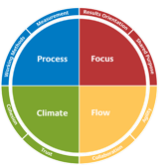

Team Effectiveness – evaluating the team using the Insights Team Effectiveness Model – to identify and suggest improvements to the way the team works
- Refresher on the Insights Discovery preferences – this would benefit those who are familiar with the Discovery preferences and also be an introduction for those who are not
- Explanation of the model
- Working in pairs/small groups to discuss the model and using a questionnaire – evaluate where there are strengths and challenges in the team and use this to identify development areas
- Documenting development areas and listing specific actions each individual will take responsibility for taking forward for the benefit of the team.
All of these modules can be adapted and tailored to work as stand-alone modules or they can be combined into bespoke courses or programmes to suit your individual requirements.
I am always open to have discussions on your current challenges –
that 20 minute conversation can often shine the light on your next steps, even if initially you don’t know what those are!
Please do get in touch.
info@egpeopledevelopment.co.uk | 07876 563787

